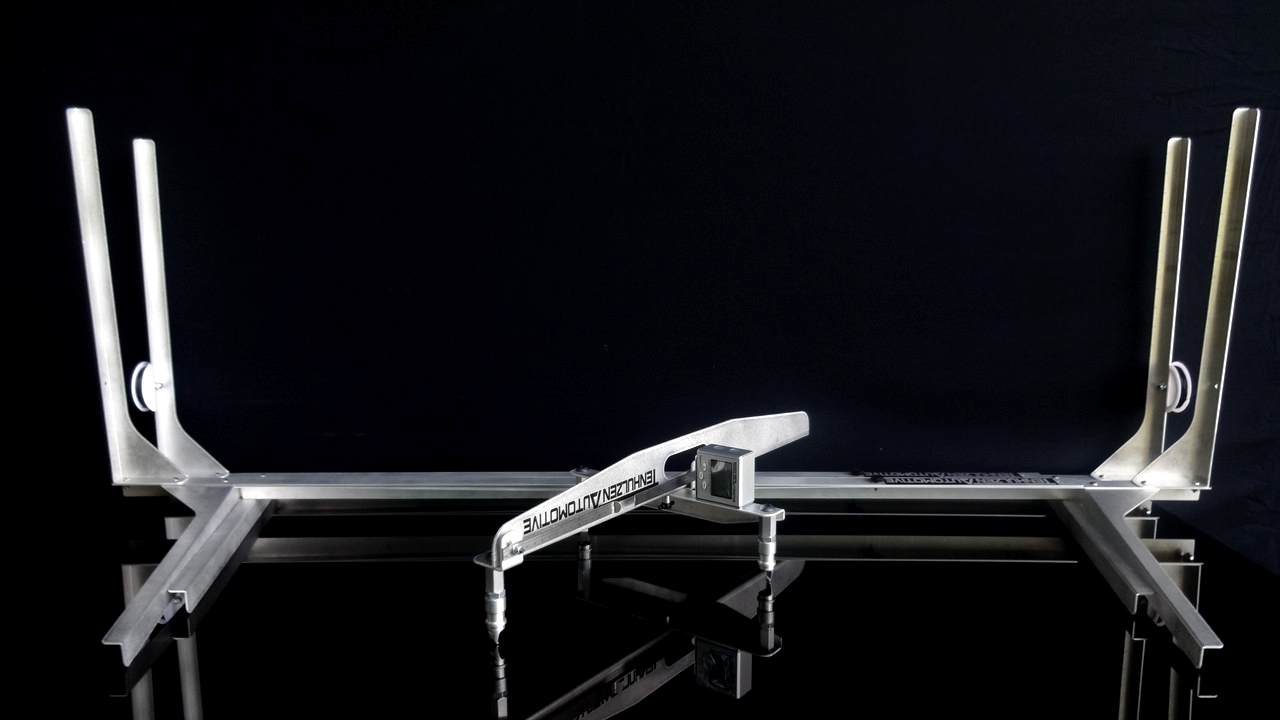twas_brillig
Jedi Knight
Offline
The Forum recently had a Tube Shock Conversion thread discussion, which led to a further discussion regards camber. Have a look at that thread for background (and do a search for camber, and you'll find a lot of intriguing discussion), but I figured I'd start this thread with the "Camber Settings' title to capture anyone who has installed the adjustable plates from Kilmartin and Dennis Welch et al, and was wondering what the recommended settings were.
From Denis Welch Motorsport:
"Thank you for contacting DWR, With regards to your question it does depend on what the car is being used for and what tyres you have on the car. But for a typical road car you would be looking at 3/4 & 1 degree negative."
Doug
From Kilmartin:
" I think most people would go for around 1 degree negative camber for road going Healeys. For competition maybe 3 – 5 degrees negative.
Kind regards
Greg Kilmartin"
From Denis Welch Motorsport:
"Thank you for contacting DWR, With regards to your question it does depend on what the car is being used for and what tyres you have on the car. But for a typical road car you would be looking at 3/4 & 1 degree negative."
Doug
From Kilmartin:
" I think most people would go for around 1 degree negative camber for road going Healeys. For competition maybe 3 – 5 degrees negative.
Kind regards
Greg Kilmartin"

 Hi Guest!
Hi Guest!

 smilie in place of the real @
smilie in place of the real @
 Pretty Please - add it to our Events forum(s) and add to the calendar! >>
Pretty Please - add it to our Events forum(s) and add to the calendar! >> 
